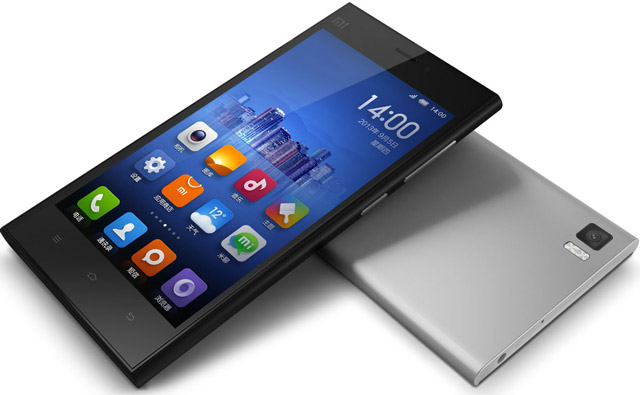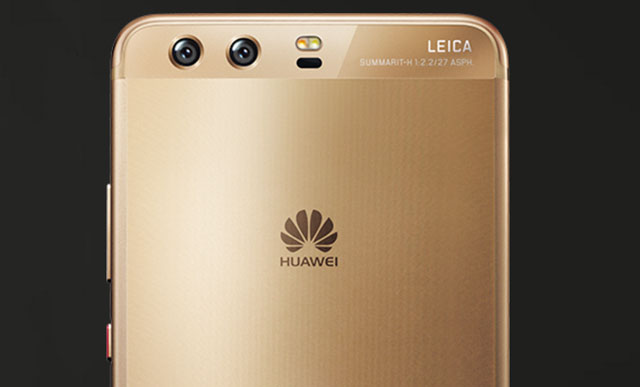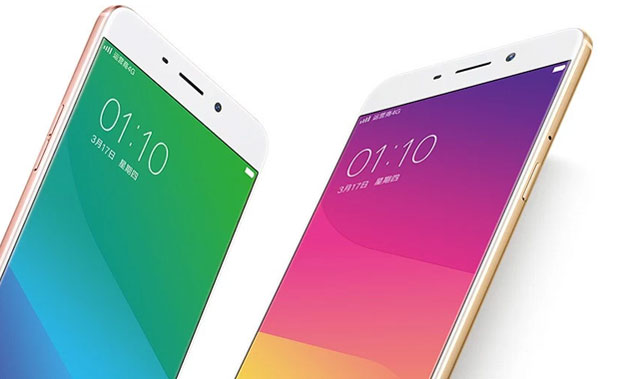Though Xiaomi announced to unveil its in-house Pinecone processors today in China, the company also launched the Mi 5C and Redmi 4X smartphones. The Mi 5C is the successor to last year's Mi 4C which is exclusive to the Chinese market. Now, the new Mi 5C is also expected to be limited just to China. Another interesting to know is that the Mi 5C is the first ever smartphone to feature the newly announced PineCone's Surge S1 SoC. On the other hand, the Redmi 4X comes with almost similar specifications as Redmi 4, but with a different design. Both the devices feature metal built unibody design and run on Android 6.0 Marshmallow based MIUI 8 out of the box.
Xiaomi Mi 5CThe device sports a 5.15-inch Full HD (1920 x 10809 pixels) display, same as on the last year's Xiaomi Mi 5. Unlike the Mi 5 that came with a 3D curved glass on the rear, the Mi 5C sports metal built unibody. The 64-bit PineCone Surge S1 octa-core processor clocked at 2.2GHz comes with 2.2GHz and 3GB of LPDDR3 RAM. It also packs 64GB of onboard storage that can't be further expanded. The wide physical home button on the front comes embedded with a fingerprint sensor. The power button and volume rocker on the right edge whereas the SIM card slot in on the left edge.
In the camera department, there is a 12MP rear camera with 6P lens, f/2.2 aperture, and PDAF. For selfies, Xiaomi is offering an 8MP front camera with f/2.0 aperture. Connectivity options include 4G, VoLTE, Wi-Fi, 802.11 a/b/g/n/ ac, Bluetooth 4.1, GPS, GLONASS, 3.5mm Audio port, and a USB Type-C port. It comes backed by a 2,860mAh non-removable battery with 9V/2A fast charging support. There is also IR blaster on the top edge for controlling the TV and AC just like the remote controller. The device is priced at 1499 Yuan (approx $220 / Rs. 14,500) and comes in Rose Gold, Gold, and Black color options.
Xiaomi Redmi 4X
Unlike the Redmi Note 4X, the Redmi 4X has no Hatsune Miku limited edition variant. The device comes with the new revamped design, where the rear is moved from center on the Redmi 4 to the top left on the new Redmi 4X. It comes with a the same 5-inch HD (1280 x 720 pixels) display as on the its predecessor. Under the hood is the latest Snapdragon 435 octa-core processor clocked at 1.4GHz and coupled with Adreno 505 GPU. It comes in 2GB and 3GB RAM variants with 16GB and 32GB of internal storage respectively.
There is a 13MP rear camera with PDAF and f/2.0 aperture and a 5MP selfie camera on the front with f/2.2 aperture. The device is backed by a 4,100mAh battery that is rated to deliver 36 hour sof talk time and lastst upyo 18 days on stadby mode. There are dual SIM card slots and an additional slot for MicroSD card. It comes in Cherry powder, Champagne Gold, and Matte Black color options. On the rear, we can also fimd the fingerprint sensor. Coming to the pricing, the Redmi 4X is prcied at 699 Yuan (approx $100 / Rs. 6,800) for the 2GB RAM variant and 899 Yuan (approx $130 / Rs. 8,800) for the 3GB RAM variant.
Related
Source: Xiaomi Mi 5C with Surge S1 SoC & Redmi 4X Smartphones Launched in China












